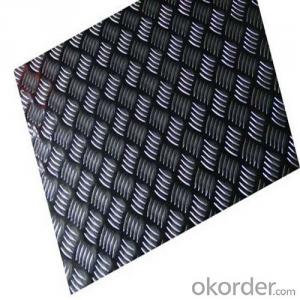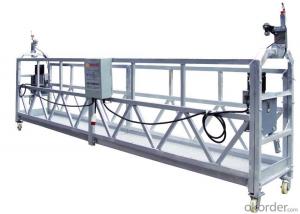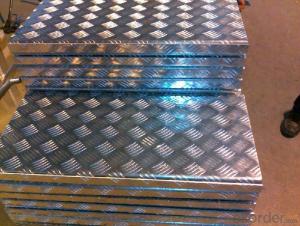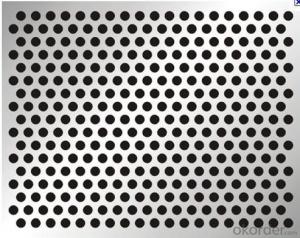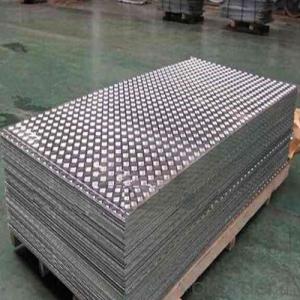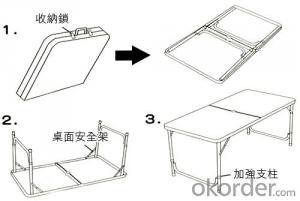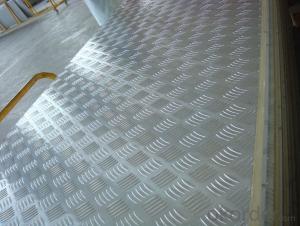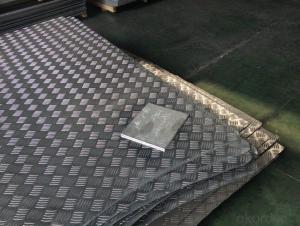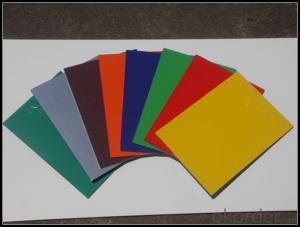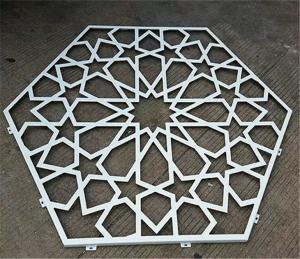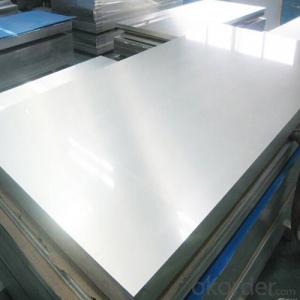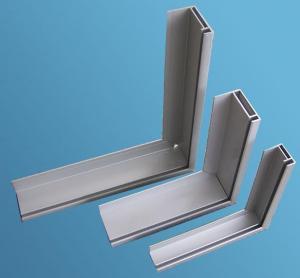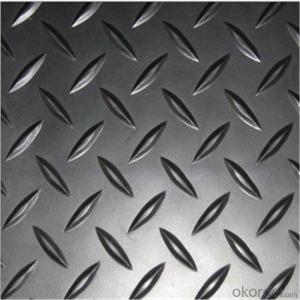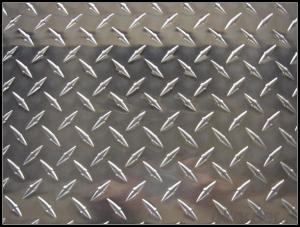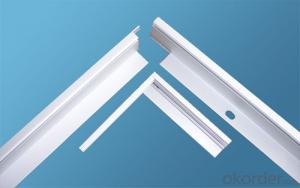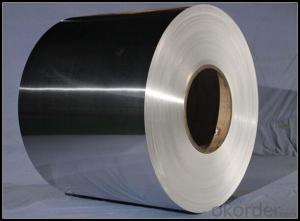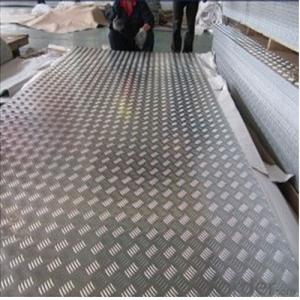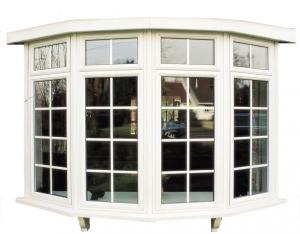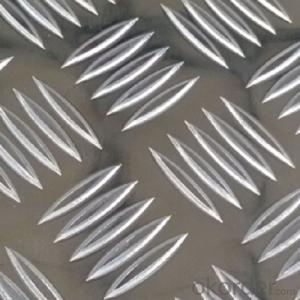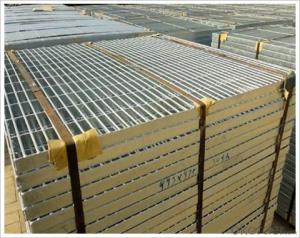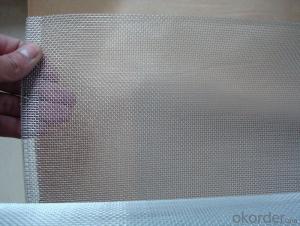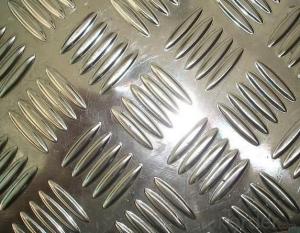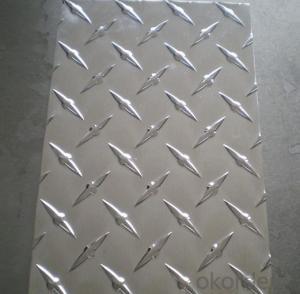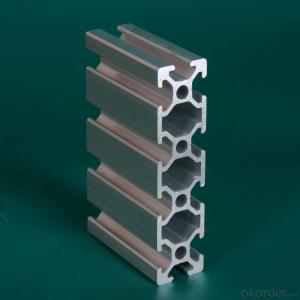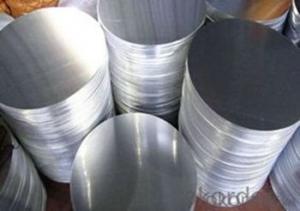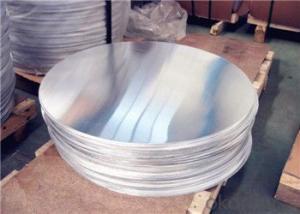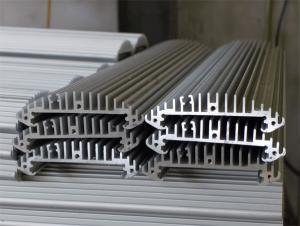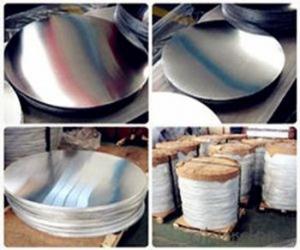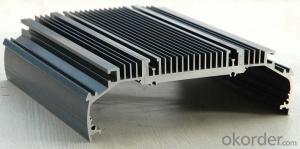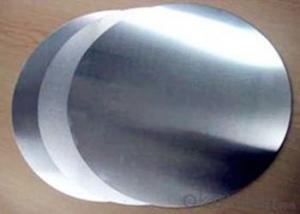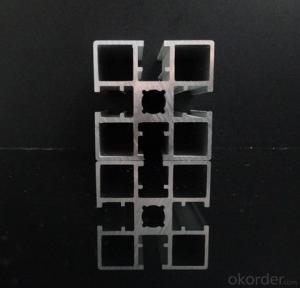Focus Rs Aluminum Skid Plate
Focus Rs Aluminum Skid Plate Related Searches
Focus St Aluminum Skid Plate Ford Focus Aluminum Skid Plate Aluminum Skid Plate Rci Aluminum Skid Plate Trd Aluminum Skid Plate Fj Cruiser Aluminum Skid Plate Jeep Tj Aluminum Skid Plate Tj Aluminum Skid Plate Aluminum Anti Skid Plate Ktm Aluminum Skid Plate Wraith Aluminum Skid Plate Aluminum Skid Plate Jeep Jk Rzr Xp 1000 Aluminum Skid Plate Tacoma Aluminum Skid Plate S10 Aluminum Skid Plate E46 Aluminum Skid Plate Axial Wraith Aluminum Skid Plate E Revo 2.0 Aluminum Skid Plate Aluminum Skid Plate Tacoma Scx10 Aluminum Skid Plate Mazda 3 Aluminum Skid Plate Aluminum Skid Plate 4runner 4runner Aluminum Skid Plate Non Skid Aluminum Plate E92 M3 Aluminum Skid Plate Aluminum Skid Plate Thickness Aluminum Anti Slip Plate Aluminum Ramp Plate Aluminum Surface Plate Anti Slip Aluminum PlateFocus Rs Aluminum Skid Plate Supplier & Manufacturer from China
The Focus Rs Aluminum Skid Plate is a protective accessory designed to safeguard the undercarriage of vehicles, particularly the engine and transmission components, from potential damage caused by debris and rough terrain. This sturdy and lightweight skid plate is crafted from high-quality aluminum, ensuring durability and resistance to corrosion, while also providing a sleek and aesthetically pleasing appearance.The Focus Rs Aluminum Skid Plate is widely used in various scenarios where off-road driving or harsh driving conditions are prevalent. It is particularly beneficial for drivers who frequently encounter rocky, muddy, or uneven surfaces, as the skid plate helps to prevent costly damage to the vehicle's underside. By installing this skid plate, drivers can enjoy added peace of mind and protection for their vehicle, knowing that it is better equipped to handle the challenges of off-road adventures.
Okorder.com is a reputable wholesale supplier that offers the Focus Rs Aluminum Skid Plate with a large inventory, ensuring that customers have access to this essential vehicle accessory at competitive prices. By partnering with Okorder.com, customers can benefit from their extensive selection and reliable service, making it a go-to source for those in need of a high-quality Focus Rs Aluminum Skid Plate.
